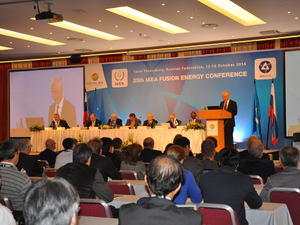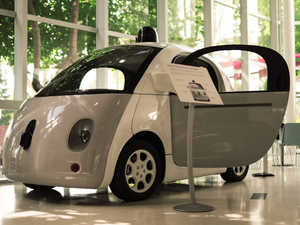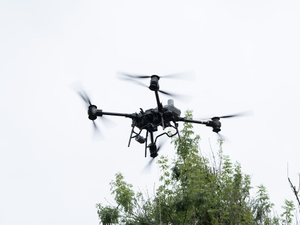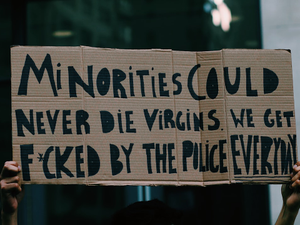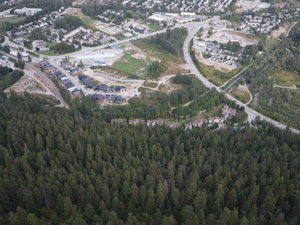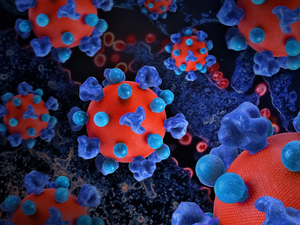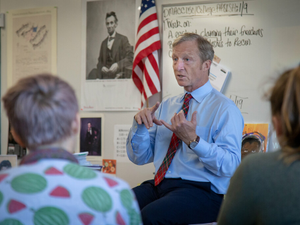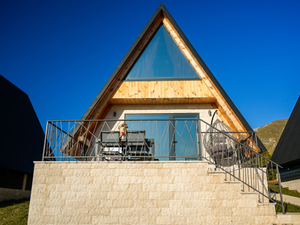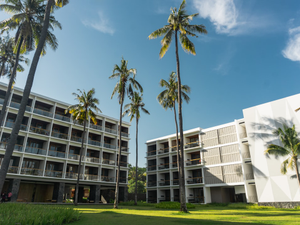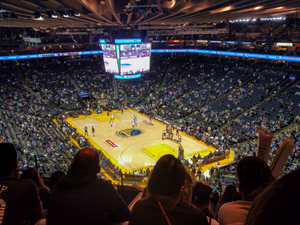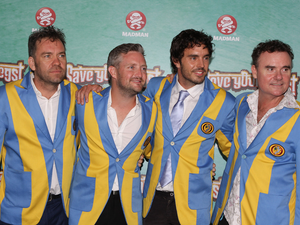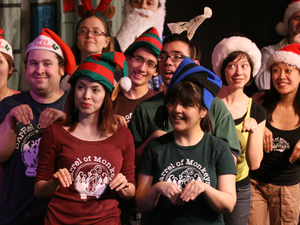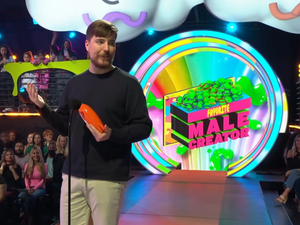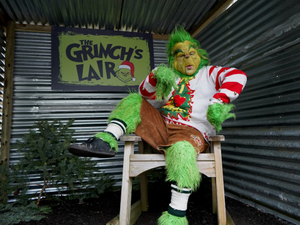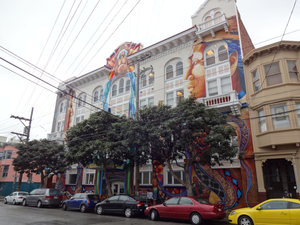Green Heroes: How Urban Mushrooms Could Clean Up Toxic Waste in Oakland

Photo by Pawel Czerwinski on Unsplash
In the heart of West Oakland, an innovative experiment is quietly brewing that could revolutionize how we approach toxic site cleanup. Adam Garret-Clark is leading a groundbreaking bioremediation project that promises to transform contaminated urban landscapes using plants and fungi instead of traditional, invasive methods.
Garret-Clark’s project targets a former auto-wrecking yard polluted with polychlorinated biphenyls (PCBs), petroleum, and heavy metals. Instead of the conventional “dig and haul” approach, which involves excavating toxic soil and transporting it to specialized landfills, he’s exploring a more sustainable solution.
Bioremediation works by using specific plants and fungi to extract or break down environmental contaminants. Experts like environmental toxicologist Danielle Stevenson have developed techniques where strategically chosen organisms can pull toxins from the soil, concentrating them in plant matter that can be safely disposed of later.
The potential benefits are significant. Bioremediation could cost roughly $50 per cubic yard compared to $200 per cubic yard for traditional methods. Moreover, it reduces the risk of toxic dust spreading during excavation and prevents the problematic practice of shipping contaminated soil to other vulnerable communities.
However, the path isn’t without challenges. Regulatory processes and industry inertia pose substantial barriers. The state’s Department of Toxic Substances Control moves slowly, and many developers prefer familiar, quick solutions over innovative approaches.
Garret-Clark and Stevenson hope their pilot project will not just clean a single site but also educate the community. By potentially training local West Oakland residents in these techniques, they aim to empower communities historically burdened by environmental contamination.
As climate change and urban development continue to intersect, projects like these offer a glimpse of hope. They demonstrate that creative, ecological solutions can address complex environmental challenges while centering community well-being.
AUTHOR: pw
SOURCE: San Francisco Public Press



